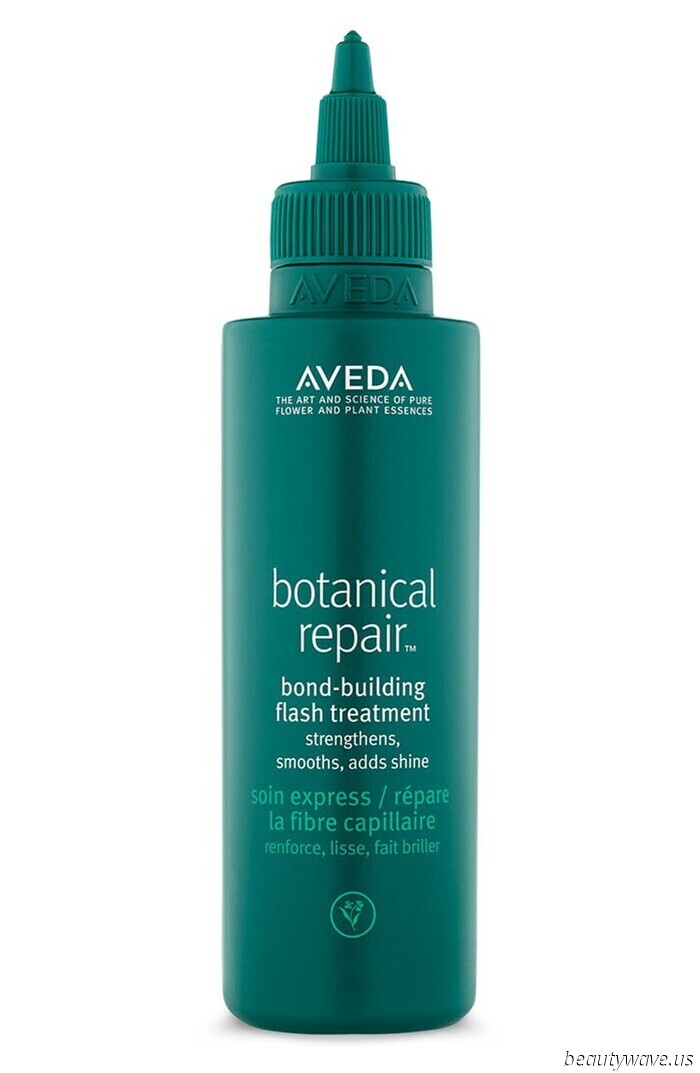
I Never Believed I Could Restore My Damaged Curls—These Expert Tips Helped Me Start Over.
Growing up with curly hair wasn’t always simple. I was always searching for ways to control my 3b and 3c curls, and by the time I reached my teenage years, I frequently relied on flat irons and hair dryers. What began as occasional salon visits evolved into regular monthly appointments that I maintained for nearly a decade. The outcome was heat-damaged curls that completely lost their natural shape. I discovered that what I believed would simplify styling actually made managing my natural hair more challenging. After I did my big chop at 20, I committed to rejuvenating my curls. Developing a new hair care routine was not easy, especially since I was unsure of which products to use. Since then, I've gained valuable insights into the essentials and experimented with numerous products that have improved the health of my hair. If you're on your own curl recovery path, know that you’re not alone. Here are some expert-approved tips for achieving healthier, more vibrant curls.
How long does it take to restore curly hair?
Although many products claim to restore hair in just one application, real repair takes longer. The recovery process varies for everyone and depends on individual circumstances such as the extent of the damage and genetics. According to Bumble and Bumble stylist Anilsa Sanchez, you can expect to see improvement within four to six weeks with proper care. However, curly hair specialist Candace Witherspoon notes that full results can take up to a year. Ultimately, patience and consistency in your regimen are crucial.
Does trimming hair help curls?
In short, regular trims are vital for promoting and maintaining healthy hair across all types. Over time, hair may develop split ends, brittleness, or (if you're like me) an abundance of fairy knots. Witherspoon advises that depending on the individual, small or significant trims may be necessary to prevent further breakage. “I always recommend a trim every four months to help keep ends healthy,” she notes. Regular trims also contribute to more defined curls, Sanchez adds.
Is it acceptable to use heat on curly hair?
While it may be challenging at first, you might need to let go of some of your favorite heated styling tools. "I still recommend using a diffuser to dry hair, but it's best to avoid other hot tools like curling irons or flat irons since heat can cause damage, even in minimal amounts," says Christine Hall, Aveda's vice president of research and development. Sanchez agrees, suggesting that any styling tool, including the diffuser, should be used on the lowest setting, with a heat protectant applied beforehand.
Tips for reviving curly hair
1. Use a bond-building treatment. If you’re unsure whether your hair needs regular bond treatments, here’s a heads-up: all hair types benefit from them. "Curly and coily hair are naturally more delicate than straight hair," says Hall. "When you expose your hair to damaging factors like coloring, heat styling, or even UV exposure, you're adding more stress to already fragile hair." But what exactly does a bond repair treatment do? These treatments repair the chemical bonds within the hair shaft. Witherspoon explains, "They strengthen the hair from the inside out and protect against heat styling and chemical services." This results in reduced breakage and improved elasticity. For optimal benefits, Sanchez suggests using a bond-building treatment every four to six weeks, while severely damaged hair may benefit from treatments every two to three weeks.
2. Try a new shampoo. Invest in two types of shampoo: moisturizing and clarifying. The first hydrates your hair while the latter eliminates scalp buildup for a thorough clean. Witherspoon advises alternating between these shampoos every two weeks unless your stylist suggests otherwise. Look for healing ingredients like hyaluronic acid, squalane, tea tree oil, ammonium lauryl sulfate, citric acid, ascorbic acid, sodium oxalate, and aloe vera, which can cleanse without damaging your curls. On the other hand, steer clear of drying agents like silicones, parabens, and sulfates.
3. Find a nourishing conditioner. When repairing damage is your focus, select conditioners with ingredients that emphasize replenishment. Coconut oil, for instance, is renowned for its nourishing properties. Hall explains, "During washing, your hair lipids can escape, particularly affecting damaged curls." The unique structure of coconut oil allows it to penetrate deeply, helping to replace lost moisture. Other beneficial ingredients include citric acid for shine and texture, proline to support collagen for hair growth and strength, and various hydrolyzed proteins. Those with coarser hair may prefer richer formulas containing shea butter or avocado oil.
4. Stock up on masks. Hair masks are essential for hydration and strengthening. If your hair feels dry, you might need a moisturizing mask, whereas a protein mask is beneficial if breakage is a concern. It's wise to alternate types of masks for a balanced routine as excessive protein can be damaging. Hall recommends that those with dry,







Other articles
 Experiencing dry skin and damaged hair? Hard water might be the reason—here's how to address it.
Hard water can be detrimental to your skin and hair, but fortunately, there is a solution. Here’s what the specialists want you to understand.
Experiencing dry skin and damaged hair? Hard water might be the reason—here's how to address it.
Hard water can be detrimental to your skin and hair, but fortunately, there is a solution. Here’s what the specialists want you to understand.
 Seen on Hailey Bieber: The Trendiest Shoe Style to Pair with Pedal Pushers This Summer.
Full stop.
Seen on Hailey Bieber: The Trendiest Shoe Style to Pair with Pedal Pushers This Summer.
Full stop.
 Pastry chef Zina Ovstein and the Ararat Park Hyatt Moscow hosted an Easter brunch in the capital
Pastry chef Zina Ovstein and the Ararat Park Hyatt Moscow hosted an Easter brunch in the capital
The Ararat Park Hyatt Moscow Hotel, located in the very center of the capital, next to the Bolshoi Theater, just a few steps from Red Square and the business center, teamed up with pastry chef Zina Ovstein to give its guests the atmosphere of an unforgettable holiday. On April 16, on the eve of Easter, Zina Ovstein gathered charming girls for a family event in the panoramic restaurant-bar "Conservatory" with a magnificent view of the Kremlin. In that…
 Spotted: These 5 Spring Trends Are Worn by Every Stylish Girl in L.A.
A fashion editor in Los Angeles reveals the city's standout spring trends, ranging from overalls to sleek sneakers.
Spotted: These 5 Spring Trends Are Worn by Every Stylish Girl in L.A.
A fashion editor in Los Angeles reveals the city's standout spring trends, ranging from overalls to sleek sneakers.
 How Anna Harman, Co-Founder of Studs, Revolutionized the Piercing Experience
Listen to her story here.
How Anna Harman, Co-Founder of Studs, Revolutionized the Piercing Experience
Listen to her story here.
 Hold on, everyone! Nordstrom has introduced new markdowns—30 stylish items that are now available at lower prices.
Save up to 50%!
Hold on, everyone! Nordstrom has introduced new markdowns—30 stylish items that are now available at lower prices.
Save up to 50%!
I Never Believed I Could Restore My Damaged Curls—These Expert Tips Helped Me Start Over.
Having issues with damaged curls? These tips and product suggestions, endorsed by experts, can assist in rejuvenating your hair.
